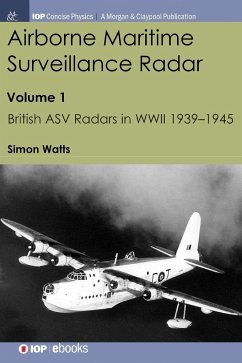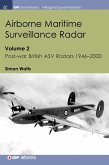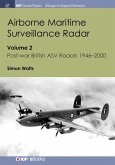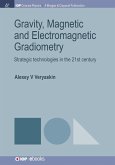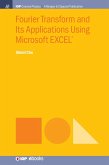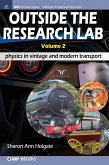Today, air-to-surface vessel (ASV) radars, or more generally airborne maritime surveillance radars, are installed on maritime reconnaissance aircraft for long-range detection, tracking and classification of surface ships (ASuW-anti-surface warfare) and for hunting submarines (ASW-anti-submarine warfare). Such radars were first developed in the UK during WWII as part of the response to the threat to shipping from German U boats. This book describes the ASV radars developed in the UK and used by RAF Coastal Command during WWII for long-range maritime surveillance.
Hinweis: Dieser Artikel kann nur an eine deutsche Lieferadresse ausgeliefert werden.
Hinweis: Dieser Artikel kann nur an eine deutsche Lieferadresse ausgeliefert werden.

